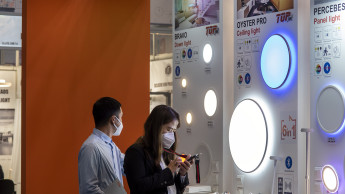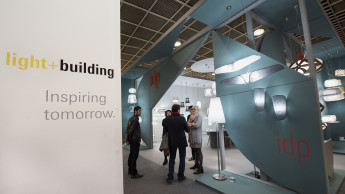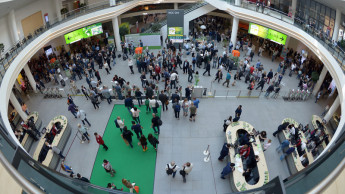deep insights, facts & figures
The LED has set in train a radical change in the lighting industry. It is small, energy-saving and robust, and also offers a very good quality of light
Only a few years ago it was still regarded as a niche product, or at best as supplementary to the existing lighting systems. Today the lighting specialists are in agreement: the launch of the light-emitting diode (LED) has set in train a radical change for the lighting industry. The development of LEDs for high-quality white light and the digital means of controlling it will change the way we light our homes, cars, businesses and towns. Lighting that adapts to the time of day, or creates colours and effects that match people’s activities or moods is no longer pie in the sky. In the future there won’t just be a choice of on or off, but all imaginable states in-between – and it will even be possible to simulate a video picture as well. The digitization of light can be compared to the change over from analogue to digital technology in consumer electronics. Digital controls are already able to combine coloured and white light. High-performance light-emitting diodes are small, energy-saving, robust and long-lasting, and they also provide a very good quality of light. Straightforward digital control of the level and colour of light, in combination with technical and design features, are the driving force behind the development of ever newer and better lighting solutions. Which is progressing at breakneck speed. By 2020 around 75 per cent of the global lighting market will be based on LED technology, according to a forecast from Philips, the world’s leading supplier of lighting technologies. High-end LED lighting has now achieved a quality level which represents at least a comparable option, perhaps even a superior one, in nearly all lighting segments. The development of organic light emitting diodes (OLEDs) as another innovative light source to supplement LEDs means the threshold to mass production and commercial use has already been crossed. Philips is the first company to have put an OLED solution on the market in the form of its ‘Living Shapes’ mirror. This high-end lighting solution offers users multiple benefits. It can be used as a wall light, for example, or for accent lighting of a very good quality, while also functioning as an illuminated interactive mirror. Download:
Related articles
Read also








